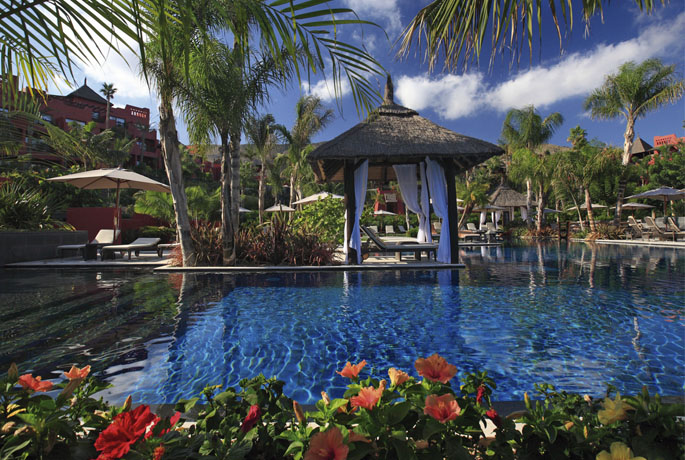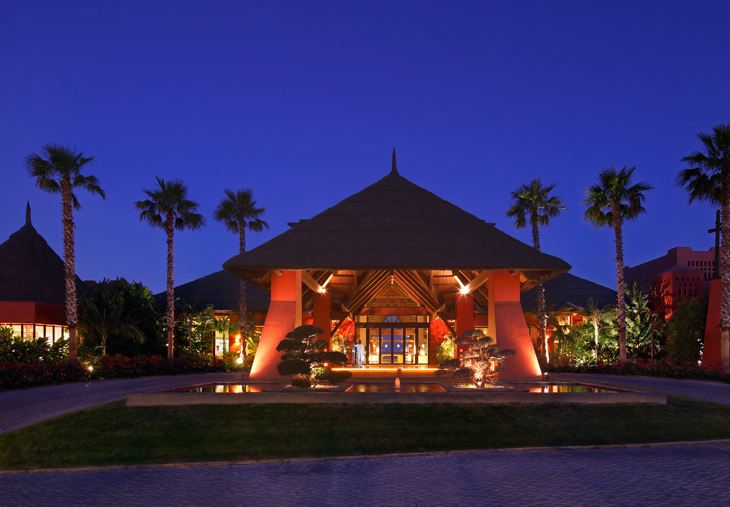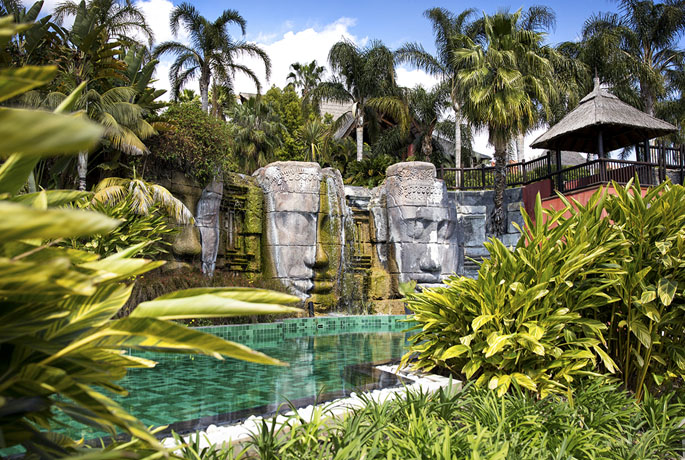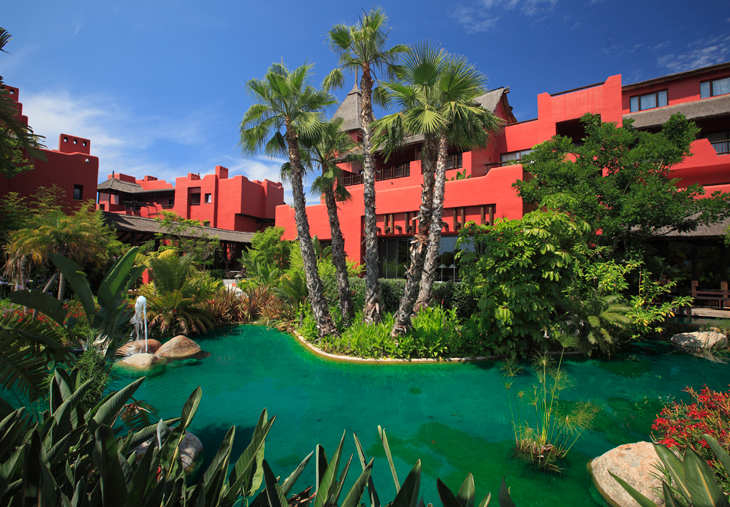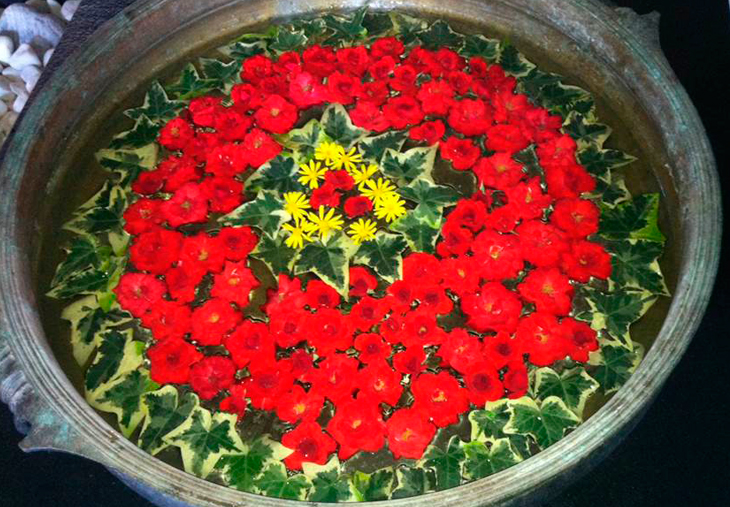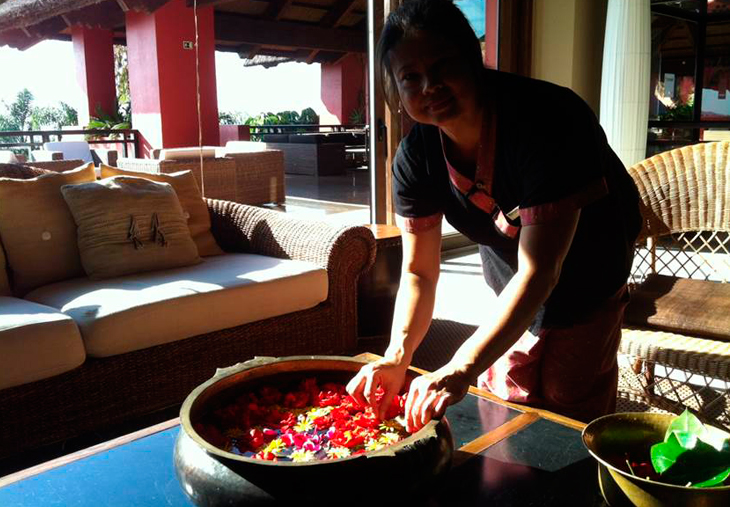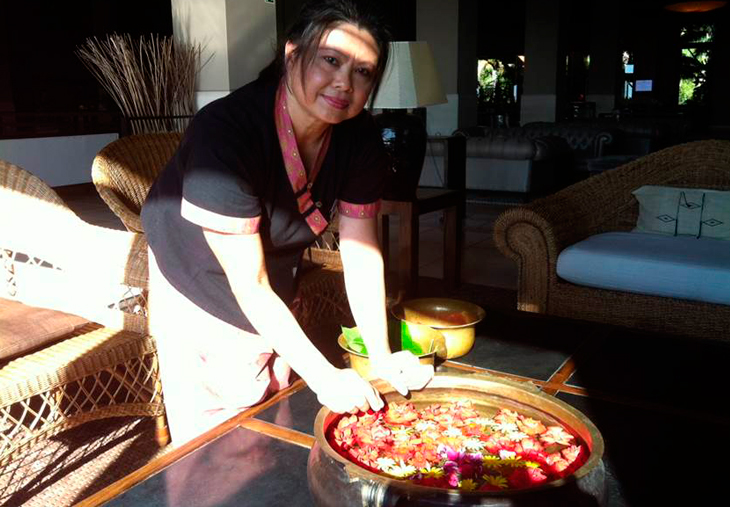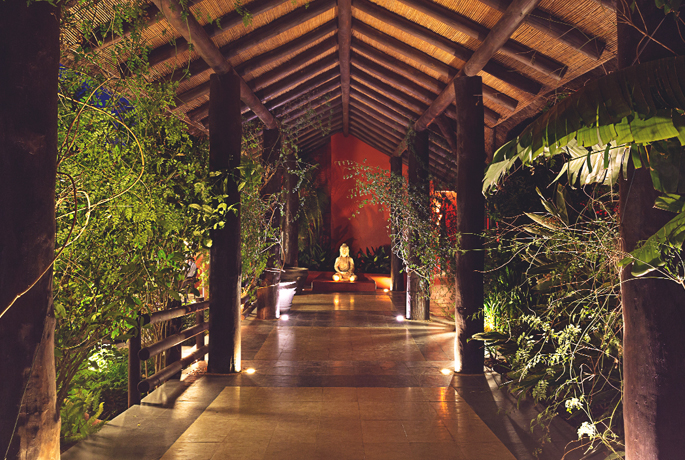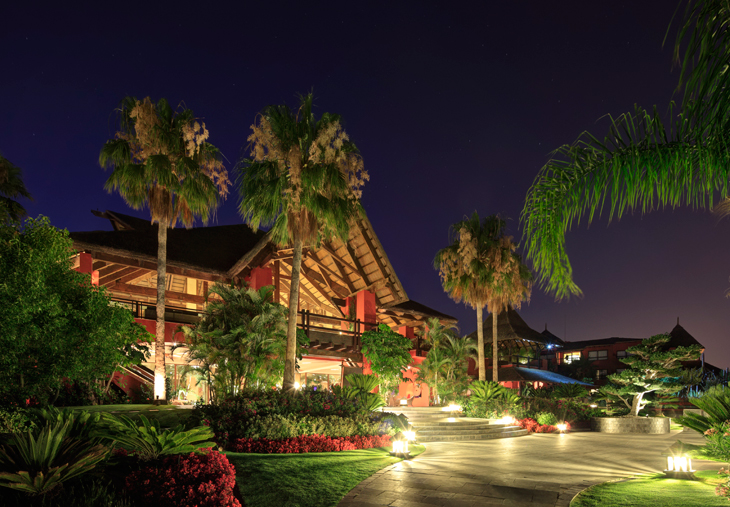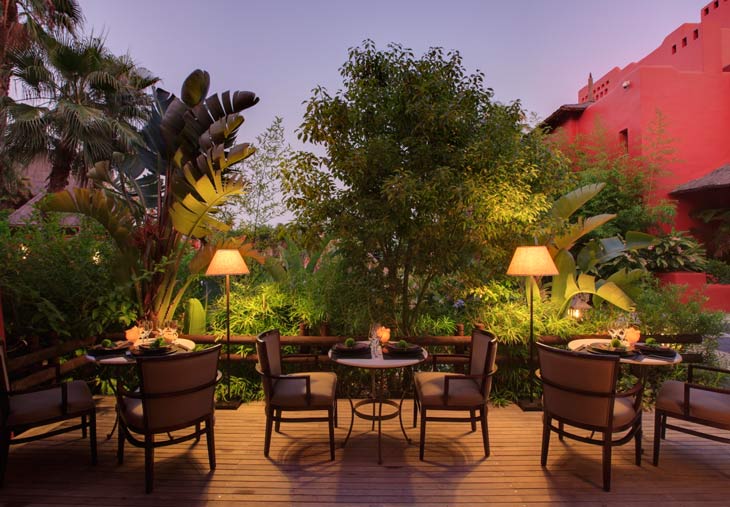Most cities have a place that makes them special. For us that place would be our 5-star luxury hotel Asia Gardens, without a doubt, as it offers all the Asian facilities and services you could imagine.
However, if we were to travel a little further, we would come across another place famous for its temples, the city of Kamakura, in Japan, about 50 km from Tokyo.
Kotokuin Temple is one of the most popular ones because of its “Daibutsu”, an enormous Buddha Amitabha bronze statue. The statue is 13.35 metres tall, and is the second largest statue in Japan. It was initially located inside a large hall in the temple. However, the buildings were destroyed by the tsunami waves that happened at the end of the 15th Century, and ever since then the statue was left outdoors.
Engakuji is one of the most important Zen temples in Japan, also located in the religious area of the city. According to the ancient registers, when the work in the area commenced, an issue of the “Engaku-kyo” was found, a speech of the Buddha about perfect enlightment which the temple is named after.
There is also a wooden Buddha statue in one of the halls of the temple, and a2.5-metre tall “Ogune” bell which dates back to 1301, the biggest one in all Kamakura temples, declared a National Treasure.
Kenchoji Temple, is another temple built in Kamakura and one of the first ones built in this city in 1253, in the Kencho period. The temple is made from wood, and nowadays locals say that this temple is becoming smaller over time and that the weather is taking its toll on it, although it has managed to maintain its structure.
The third of the Zen temples is Tokeiji, which eventually was turned into a convent where married women who had abandoned their husbands were given shelter. Until the end of the 19th Century, every woman who stayed there for at least three years was considered divorced. In fact, that is what the temple is known as: “temple of the divorcees”.
In Kamakura there are also sanctuaries such as Tsurugaoka Hachiman-gū which was moved in 1911 and refurbished according to instructions given by Feng Shui masters. They asked Hachiman, god of warriors, to stay there and watch over the government during his reign.
The Hase-dera Temple was built upon a legend. In the year 721, a monk found a camphor tree on the mountains near Hase, and two “Kannon” statues were made from the tree’s woods. One of the statues was worshipped in the Hase-dera temple, built for said purpose. However, the other sculpture was thrown in the Pacific Ocean and after 15 years being lost, it showed up again on the coast of Kamakura, and that is why it was on that spot where the current Hase-dera Temple was built to worship it.
The grandeur of the temples that we have seen, you shall also find at our 5-star luxury hotel Asia Gardens. Our resort is more than a temple. Come and visit our hotel.

